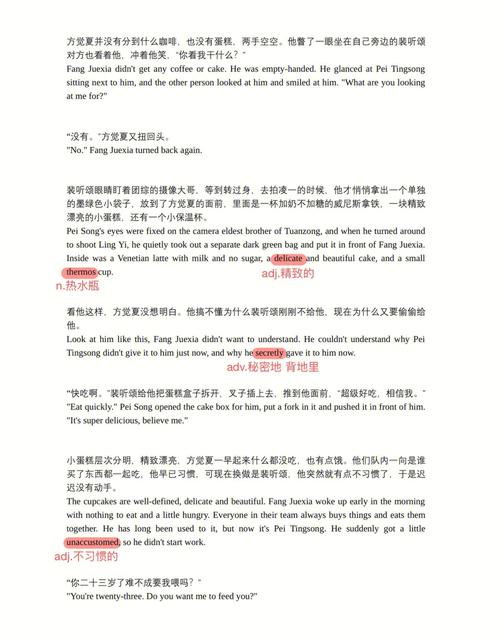论文中引用英文诗歌的格式
Principles of Collaboration: An Analysis in English Poetry
Ultimately, collaboration in English poetry is a testament to the power of unity, empathy, and shared creativity in shaping the literary landscape and inspiring future generations of poets to come.
Collaboration in English poetry can take various forms, ranging from joint poetry writing and poetic exchanges to interdisciplinary collaborations with artists from other fields such as music, visual arts, and dance. Some poets may choose to cowrite poems with a partner, while others may engage in poetic dialogues or responses to each other's work.
Throughout history, there have been numerous instances of successful collaboration in English poetry that have produced groundbreaking works and influenced the course of literary evolution. Some notable case studies of successful collaboration in English poetry include:
One of the key benefits of collaboration in English poetry is the diversity of voices it brings to the forefront. By working together with other poets, writers, or artists, a poet can integrate different perspectives, cultural influences, and literary styles into their work, creating a rich tapestry of voices that resonates with a wider audience.
Collaboration in English poetry offers poets a unique opportunity to expand their creative horizons, connect with diverse voices, and produce work that is enriched by the synergy of collaborative effort. By embracing the principles of collaboration and exploring various forms of partnership, poets can unlock new possibilities for artistic expression and forge meaningful connections with fellow creators.
While collaboration in English poetry can be a fruitful endeavor, it requires certain principles to ensure its success. Some of the key principles of effective collaboration in poetry include:
Collaboration is a fundamental aspect of productivity and success in any field, including poetry. In the realm of English poetry, the principles of collaboration can manifest in various forms and can greatly influence the quality and impact of the poetic work produced. In this paper, we will delve into the concept of collaboration in English poetry, exploring its significance and discussing how it can be effectively utilized to enhance creative output.
Collaboration in English poetry is not merely about joining forces with another poet or artist; it is about the synergy that arises from the merging of ideas, perspectives, and creative energies. Through collaboration, poets have the opportunity to expand their horizons, explore new themes and forms, and challenge conventional boundaries.

- Mutual Respect: All collaborators should approach the partnership with a sense of mutual respect for each other's creative vision and voice. It is essential to create a supportive and inclusive environment where all ideas are valued.
Additionally, poets may collaborate with visual artists to create multimedia projects that combine poetry with paintings, photographs, or digital art. This form of collaboration can enhance the aesthetic appeal of the poetry and provide new layers of meaning and interpretation.
版权声明
本文仅代表作者观点,不代表百度立场。
本文系作者授权百度百家发表,未经许可,不得转载。








